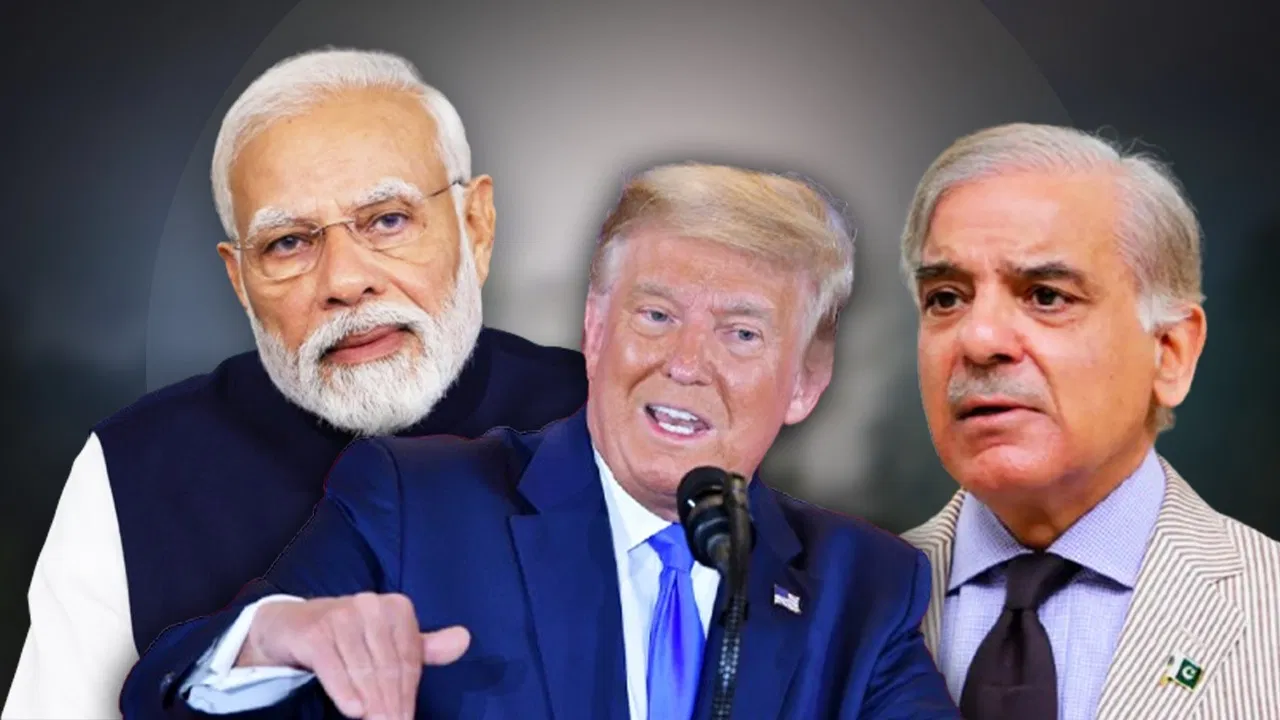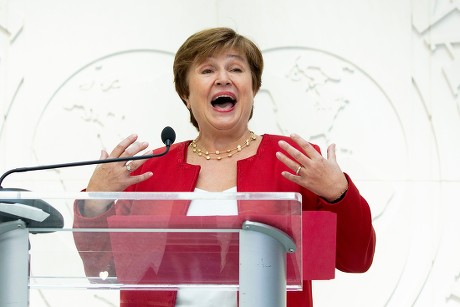This operation escalated tensions, with Pakistan responding by launching drone attacks and missile strikes on Indian military sites. Both nations engaged in cross-border shelling and airstrikes, marking the most significant confrontation in decades, with dozens of civilian casualties (at least 13 in Pakistani Kashmir and over a dozen in Indian-administered Kashmir). The use of drones on a large scale was a notable escalation, raising global concerns about the potential for nuclear conflict between the two nuclear-armed neighbors.
Diplomatic Engagement: Rubio and Vance conducted extensive phone calls and discussions with both sides, urging de-escalation and direct communication to avoid miscalculations. Rubio publicly commended Modi and Sharif for their “wisdom, prudence, and statesmanship” in agreeing to the ceasefire.
International Support: While Trump claimed primary credit, Pakistani Foreign Minister Ishaq Dar noted that three dozen countries, including Saudi Arabia and Turkey, were involved in the diplomacy, suggesting a broader international effort to pressure both nations.

Details of the Ceasefire: The ceasefire took effect at 5:00 PM IST on May 10, 2025, following a call at 3:35 PM between Pakistan’s Director General of Military Operations (DGMO) and his Indian counterpart, agreeing to halt all firing and military actions on land, air, and sea. Both sides issued instructions to their forces to comply, and the DGMOs planned to speak again on May 12 to ensure adherence. Indian Foreign Secretary Vikram Misri and Pakistani Foreign Minister Ishaq Dar confirmed the agreement, with Dar emphasizing Pakistan’s commitment to peace without compromising sovereignty.
-
Military Escalation and Global Alarm: The rapid escalation, including drone warfare and missile strikes, raised fears of nuclear conflict, prompting urgent international intervention. The civilian death toll (66 combined) and destruction of infrastructure amplified calls for de-escalation.
-
Terrorist Attack as Catalyst: The Pahalgam attack, blamed on Pakistan, justified India’s retaliatory Operation Sindoor, which significantly weakened Pakistan’s terrorist infrastructure, forcing it to the negotiating table.
-
Economic Pressures: Pakistan’s reliance on IMF loans and India’s trade negotiations with the U.S. likely made both nations amenable to U.S. pressure. Pakistan’s airspace closure and economic strain from prolonged conflict further incentivized a ceasefire.
-
International Diplomacy: Beyond the U.S., countries like Saudi Arabia, Turkey, and others pushed for peace, with the G7 and other global leaders urging dialogue. This collective pressure, combined with U.S. coordination, created a conducive environment for the ceasefire.
-
Demonstration of Military Strength: Operation Sindoor showcased India’s ability to conduct precise, impactful strikes against terrorist infrastructure, eliminating key figures and weakening groups like LeT and JeM. This reinforces India’s deterrence posture.
-
Diplomatic Leverage: India’s firm response and subsequent agreement to the ceasefire, while emphasizing bilateral negotiations, underline its strategic autonomy and ability to balance domestic and international pressures.
-
Regional Stability: The ceasefire reduces the immediate risk of escalation, allowing India to focus on internal security and economic growth. It also temporarily stabilizes the Line of Control (LoC), enabling displaced families in Kashmir to return.
-
Global Image: By agreeing to the ceasefire, India projects itself as a responsible power committed to peace, enhancing its stature in global forums, especially amidst trade talks with the U.S.
-
Unresolved Issues: The ceasefire does not address underlying issues like Pakistan’s support for terrorism or the Kashmir dispute. The suspension of the Indus Waters Treaty remains a point of contention, with potential long-term implications for water security.
-
Domestic Sentiment: Some in India, as reflected on X, view the ceasefire as a missed opportunity to decisively weaken Pakistan or reclaim PoK, potentially fueling nationalist criticism of the government.
-
Pakistan’s Reliability: Pakistan’s history of violating ceasefires raises skepticism about the agreement’s durability, especially if terrorist activities persist. India’s military remains on high alert, with officials like Navy Captain Ravi Nair emphasizing readiness for future escalations.
-
U.S. Influence: The perception of U.S. mediation, despite India’s bilateral framing, may complicate India’s narrative of independence in foreign policy. Some X posts suggest unease about U.S. motives, including economic containment of India’s rise.
-
Talks at a Neutral Site: The agreement includes plans for India and Pakistan to discuss a “broad set of issues” at a neutral location, as noted by Rubio. While Indian officials have not publicly confirmed this, such talks could address terrorism, trade, or Kashmir, though progress is uncertain given historical mistrust.
-
Military Preparedness: India’s armed forces, as stated by officials like Wing Commander Vyomika Singh and Colonel Sofiya Qureshi, remain vigilant, countering Pakistani misinformation and preparing for potential violations.
-
Geopolitical Dynamics: India will need to navigate U.S. influence, particularly in trade and regional security, while maintaining relations with other mediators like Saudi Arabia and Turkey. The ceasefire may also impact India’s strategic partnerships, including with Russia and China, in the broader Indo-Pacific context.






